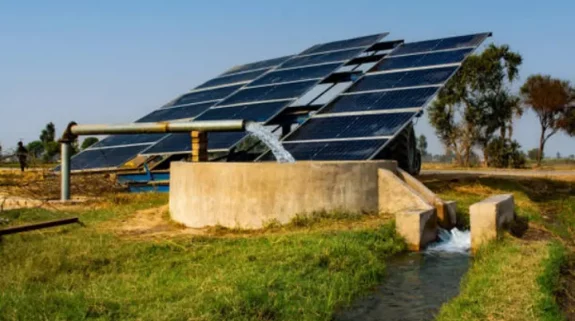New Zealand’s Lake Taupo with its azure serene waters and surrounding mountains and peaks reflects peace and serenity which people visiting the area can immediately feel. Yet, deep below these calm waters, as per a sciencealert.com report there is a geological unrest.
This is what has been stated by a new paper published in the New Zealand Journal of Geology and Geophysics.
The lake, which is situated in the centre of New Zealand’s north island, enjoys the distinction of being the largest freshwater lake in Australasia.
The past of this lake has been violent. It is in the lap of a prehistoric caldera which has derived from the Spanish word for cauldron or boiling pot and came into being during Earth’s last super-eruption which took place 25,400 years ago – the Oruanui eruption.
During the release of magma during a supervolcano occurring in an eruption like the Oruanui one, the depleted magma vents cave in, the surface of the earth sinks resulting in a permanent change in the landscape by creating a caldera.
When at least 1,000 cubic km of material is released in any one eruption it is called supervolcano.
The Taupo volcano has been active 25 times in the last 12,000 years and its most recent eruption was in 232 AD. This event has been described by the researchers as "one of the Earth's most explosive eruptions in historic times". Following this, there are at least four documented episodes of unrest recorded in the volcano which caused devastating earthquakes and a huge ground subsidence in 1922.
Scientists have studied the supervolcano’s unrest in the more modern periods. They studied and analysed 42 years of data which had collated from 22 sites which are located across and around the lake. They found that the supervolcano is still rumbling.
Explaining their study, its lead author Finn Illsley-Kemp said: "In 1979 [researchers] began a novel surveying technique which uses the lake surface to detect small changes, with four surveys made every year since.” This method uses a gauge to measure vertical displacement of the lake bed.
Illsley-Kemp is a seismologist from Wellington’s Victoria University.
The researchers ensure that the data is reliable and for this several methods are used. The gauges are weighted to lessen the impact of waves while many measurements are taken from each datapoint in order to find out degrees of variation and outliers. As a measure of insurance against disruption by other forces, a backup gauge is also installed.
At the start of the project, manual gauges were established at six stations from where measurements were taken. Between the period August 1982 to July 1983, eight more stations were added. It was during this period that the value of these measurements began to show.
The system found rising or falling in different sites in the early 1983. Sometime after that a number of earthquakes started rocking the area. This led to rupturing of several faults which pushed the central Kaiapo fault belt down while inducing other areas at the south end of the lake to rise.
The tremor of 1983 was the first of the seven discreet episodes of unrest recorded over the past 35 years.
From 1986 onwards surveys on a routine basis were done with additional sensors and the extra observations that came about in the wake of earthquakes created a big database which became more detailed with the passage of time.
Closely observing the geological unrest, the researchers found that the north-eastern end of the lake that happened to be the closest to the centre of the volcano and the adjoining fault lines, tended to rise, while the lake bed that was near the centre of the fault bed sank and the southern end there were some minor subsidence.
Sharing details about this observation Illsley-Kemp said: “Within the lake, near Horomatangi Reefs, the volcano has caused 160 mm [16 cm or 6.3 inches] of uplift, whereas north of the lake the tectonic faults have caused 140 mm [5.5 inches] of subsidence.”
According to him this region which has experienced lesser earthquakes than the surrounding ones is where Taupo’s magma reservoir is located where the deep rock being too hot and molten for tremor to happen.
The 16 cm uplift while not worrisome can affect buildings and pipes may have occurred due to magma moving closer to the surface.
The study, as per Illsley-Kemp highlights that Taupo is an active volcano which is connected with the tectonics surrounding it.
The ground as per the scientists is being pushed upwards because the northeastern end of the volcano where youngest vents are present is more likely affected by the hot magma expansion. The sinking of the centre of the Taupo fault and lake’s southern end subsidence is most probably due to cooling of the deep magma which causes shrinking or tectonic extension of a rift or may be both.
While stating that even though the volcano is in a state of unrest, Illsley-Kemp said that there is no proof that it will erupt soon. Talking to New Zealand Herald he said: “However, Taupō will most likely erupt at some stage over the next few thousand years – and so it's important that we monitor and understand these unrest periods so that we can quickly identify any signs which might indicate a forthcoming eruption.”
Going beyond its findings, the study wants to comprehend the normal way a caldera behaves and what are the indications that suggest that it is getting more heated.
Also read: Under Africa’s serene and scenic Lake Kivu, a time bomb is waiting to explode




















